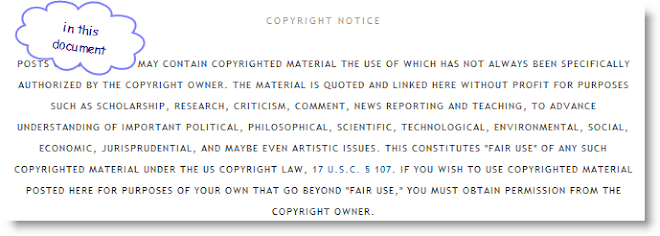moral traditions profess truth
to the extent they succeed, they merge
to the extent they fail, they diverge
Thought experiment:
Would you ever see a strategy that would fit the description “rigorously truthful”? Would it be possible for that strategy to emerge if it was not put into the system by hand? Would it be possible even to program that strategy in order to put it into the system?
Hold on. I know you mean 'meme' in the Dawkins / Blackmore / Aunger [2] sense. So I can conceive of a cultural evolution as an evolutionary algorithm, as an epigenetic dance of memes and genes. But has the reverse-engineering of the human brain produced any serious attempts at a rigorous explanation of the physical instantiation of memes? [3]
I guess what I’m really getting at is, how have you smoothed over the gaps in our understanding of how to model memes? Or, rather, it seems your thought experiment requires one to do so.
Well, there is plenty of promising work being done modeling human consciousness as emerging from networked networks of networked networks of neurons. My thought experiment apparatus isn’t powerful enough to do that level of calculation in the time available. But you seem to have put your finger on the point of the experiment: network dynamics affords a certain intuition not previously available, and I aim to discover whether this intuition is of any use in bootstrapping my way to a higher level of understanding.
A shortcut?
Yes. I need this higher level of understanding right away. It is very important. It may just be possible to “smoothe over the gaps” as you say, chunk up what we know into a model that captures the dynamics enough to perform useful and tractable calculations. On which you can run scenarios and find beautiful symmetries, expose tangled messes and resolve them into beautiful symmetries, that kind of thing.
But won’t you eventually need to demonstrate how you got there from here?
Not necessarily. Consistent explanations of commonly observable phenomena will stand on their own merits without meta-information about how they were conceived. And, in any event, it is always easier to go backwards out of a labyrinth.
You will be perceived as insane.
Hey, don’t label me, man. So, shall I get on with it? Ok, let’s suppose that there is a strategy “rigorously truthful” that persists (yes, this is the bootstrap). It would have the easiest time of all strategies in presenting itself consistently, at every juncture. It would have the least need of passing itself off as some expedient other form; indeed, it would by definition be incapable of doing so. So any circle you draw around any portion of this pattern would be perfectly consistent with any other portion (not identical, but easily mappable – logically consistent). Other strategies would not feature this degree of consistency, and would have to exert energy on subroutines that tie the parts together. Some strategies will expend vast resources to keep the cabal together.
But they all are vulnerable, if the light of truth can be made to shine upon the subroutines, to expose the points of discontinuity.
Right. I want to know if this really can be made to work in the world, or at least in the networked network of networked networks of networked networks of neurons in which I find myself. So far so good. But the question is, have the resources compiled by non-rigorously truthful strategies cornered the contest? Or has the networked information age finally produced a substrate in which the strategy “rigorously truthful” can gain market share? [071105: e.g.?]
[1]Originally written on the trusty Treo, on the BART and Bus, Feb. 17, 2006. Ironic circumstances must be disclosed: The Palm 'Memo' applet supposedly has a function enabling the user to send a memo via email, but this was not functional; The Treo saw the tablet via Bluetooth, but couldn’t complete the transaction. The Palm clipboard buffer is small, necessitating 4 copy & paste trips from 'Memo' applet to mail client. (I did not have an SD reader with me, alas.) So, this experience detracted quite a bit from the fantastic putative ability to compose and transmit data streams, as I sat there on the commuter train, inexplicably pecking out this text. But, one perseveres with what one has. On the V-bus, with 20 minutes spread leisurely before me, it turned into a video game – ‘Get the Satellite Data to the Mother Ship.’ 1-2-3-done. Seven minutes. Inelegant, but elegant.
[2] Etc., etc. Just listing a couple of names to tie down the meme meme, until I get my links in.
